Our countries are buzzing with a multitude of languages. Just considering the official languages of the European Union, that’s already 24 languages. So, we must ask: when a person needs urgent help, how accessible are emergency services in terms of language?
Multilingual emergency communications ensure that any person needing to contact the emergency services can do so without language being a barrier. Although some countries state that they are able to respond to emergency communications in different languages, many people still experience significant difficulties. In addition, many emergency call centres are only accessible by voice call, which excludes sign language users.
To ensure that emergency response is as effective as possible and accessible to all people, emergency services must address these gaps in access. To provide recommendations and bring together the relevant knowledge, we’ve published a 2021 update of our document ‘Multilingual Emergency Communications’.
The document examines best practices for the user-focused development and provision of multilingual services. It explores the strengths and challenges of different solutions, including the use of multilingual call-takers, volunteer translation teams and third party services.
